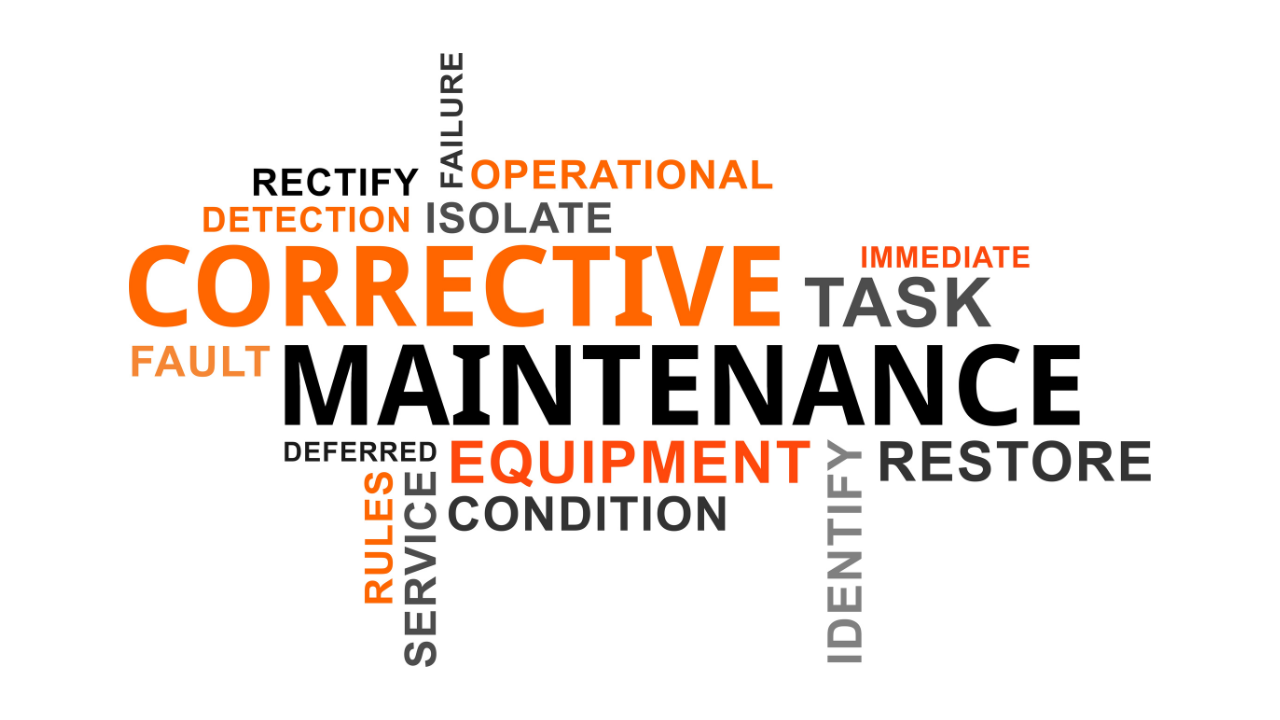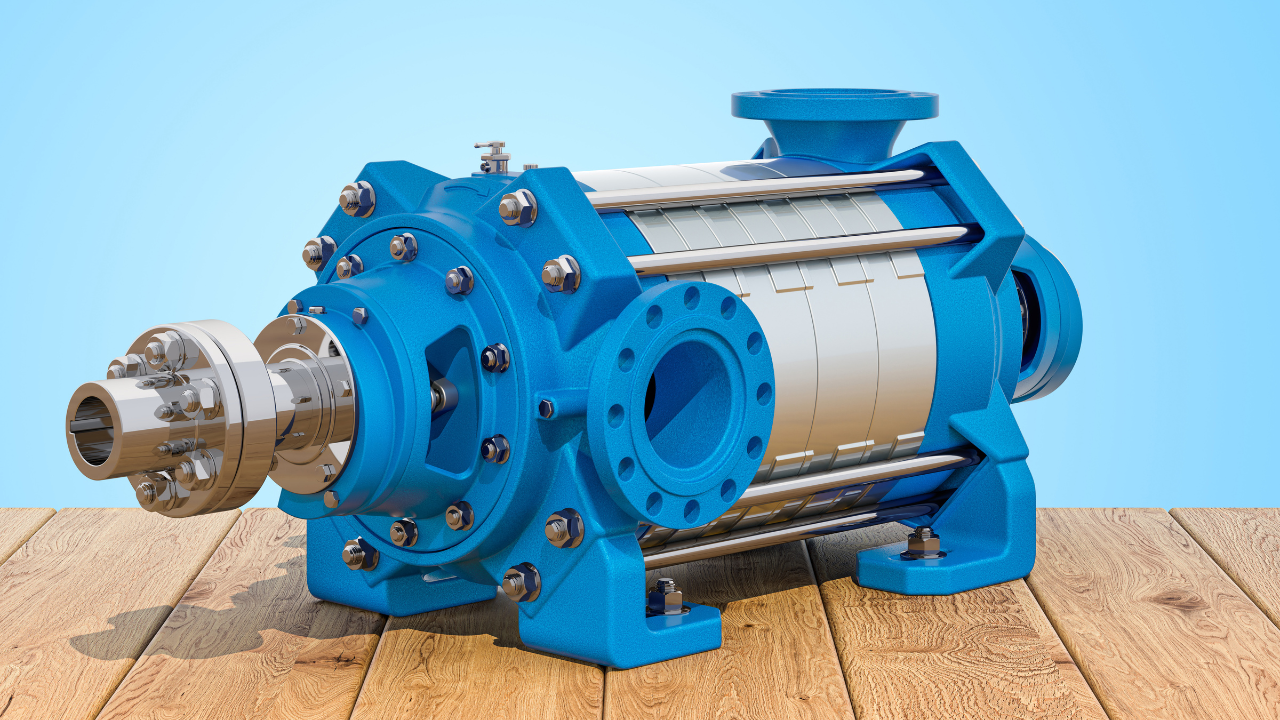Corrective Maintenance | Smart Methods in Maintenance
Christer Idhammar, IDCON INC
A long time ago, I discovered that most maintenance people like gadgets and smart methods, especially from within their fields. I must include myself in this group, and have learned to use the knowledge of a variety of maintenance methods to keep up my own enthusiasm while generating interest and commitment for implementing better preventive and corrective maintenance practices.
Most of these methods are old, but they are very new to many, especially to people who are just entering the area of maintenance.
Discovering Smart Methods in Maintenance
I discovered many of these smart methods in maintenance during my years in the merchant marines on salvage ships, as well as during my years teaching and implementing better maintenance practices in five developing countries.
In both cases, we were isolated from the rest of the world and the only choice was to do repairs with what we had.
This month I would like to share some of the most common methods that can be used in preventive and corrective maintenance.
For the experienced maintenance person, they might seem common and obvious. However, even the experienced reader might find some good ideas from this brief review.
Brush Plating or Selective Plating
Brush plating or selective plating is a cold electrolytic method of applying a thin layer of metal to a metallic surface without dipping the object in a bath of electrolyte. This method provides good bonding and is also used in the manufacturing industry to correct undercut tolerances of, for example, shafts.
I have seen it used many times to build up a thin and very accurate layer of metal on a bearing journal or to reduce the inner diameter of a bearing. The method is portable and can be done onsite.
“Metal Stitching”
Often called the metalock method, metal stitching allows cold repair of metal—especially cast iron.
By drilling a pattern of holes into which a specially designed key is hammered, a very strong repair can be made to cracked machine foundations, gear cases, big gears, etc.
Leak Sealing Under Pressure
With this method, a special compound of rubbery consistency is injected at room temperature around the area to be sealed.
Application of heat—either externally or from the medium to be sealed—cures the material, which then expands slightly. Curing time is about 20 minutes at a temperature of 120ºF (49ºC).
Installing a New Valve in a Pipe Under Pressure
Big and small valves can be installed in pipes under full pressure. With this maintenance method, a threaded or flanged spigot is welded or clamped around the pipe.
A valve is then fitted to the flange or thread, and a special drill is used to make a hole in the pipe through the valve. After the drill and the cutting debris are removed, the mounted valve is closed and can be connected to a pipe if so desired.
Jet Freezing
Using CO2 and an isolation cloth, water pipes can be frozen so that repairs can be done while a system is under pressure. This device is also useful for shrinking a bearing journal, instead of heating the bearing, when assembling or replacing a bearing.
Onsite Machining and Repair Methods
There are many special machines and services that can be bought to repair components onsite, with a minimum of dismounting.
Examples of these machines include portable lathes, key way milling machines, flange facers, pre-heating and stress-relieving equipment, and grinding machines. It is often worthwhile to stay informed about these methods and services. I have seen some remarkable work done using these methods.
Thread Inserts
A damaged thread can cause a lot of problems and high costs. For many years, it has been common to use thread inserts. First, a hole is drilled and the damaged thread is removed. After this, a special tap is used for the thread insert, which is then put in position so that the thread is like new again.
Disintegration of Broken Bolts
Broken bolts can many times cause a lot of problems and unnecessary high costs. There is a special tool you can use that is designed only for the purpose of removing broken bolts—and tools. This tool will pulverize or disintegrate the broken tool or bolt.
This review will continue in next month’s issue. If you have any comments or good ideas—old or new—please let me know.
This is a 3 part series, click to read each part: 1 : 2 : 3
Related Articles

Keys for Effective Troubleshooting

Corrective Maintenance Task Generation

Availability in a Supply Constrained Environment is the #1 Issue for Refinery Executives

Weibull Point Process Applied to Repairable Subsystems

Energy Savings Through Pump Refurbishment and Coatings

Causes of Overheating in Cartridge Mechanical Seals




